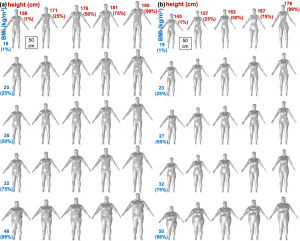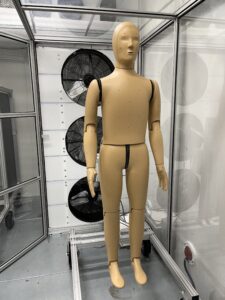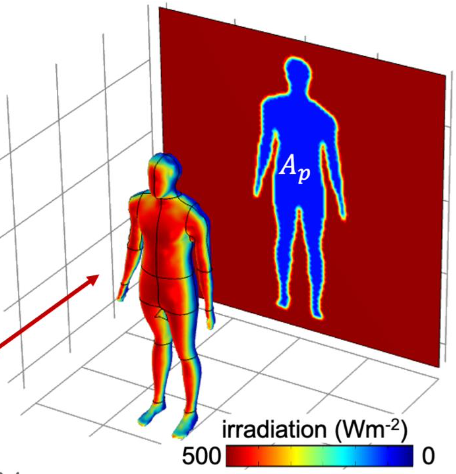Extreme heat is an invisible and deadly disaster with wide-ranging adverse effects on people’s health and well-being. It is increasing in frequency and severity, and its impacts are felt disproportionately by vulnerable populations. Yet, there is a limited understanding of how body temperatures are elevated in extreme heat because prolonged human exposure to such conditions is dangerous. This project funded by NSF Leading Engineering for America’s Prosperity, Health, and Infrastructure (LEAP-HI) program leverages expertise from disparate disciplines to pioneer a field method for measuring human heat exposure with unprecedented detail. The method merges an advanced mobile biometeorological station with a novel human-shaped thermal manikin ANDI. Physical methods are co-developed with computational manikins to allow a realistic heat exposure assessment across diverse demographics and body shapes.
With Prof. Jennifer Vanos and Prof. Ariane Middel, we recently set up a state-of-the art facility for studying human exposure to extreme heat (thermal chamber in ISTB 7 with a walk-in wind enclosure for controlling convection sponsored by ASU FSE seed funding and a custom ANDI thermal manikin sponsored by NSF MRI grant 2117917).
).




